Learn About ADUs in California
What is an ADU?
An ADU stands for "accessory dwelling unit" and is a small, self-contained living unit on the same property as a single-family home. It is sometimes called "granny flat," "in-law unit," or "secondary dwelling unit."
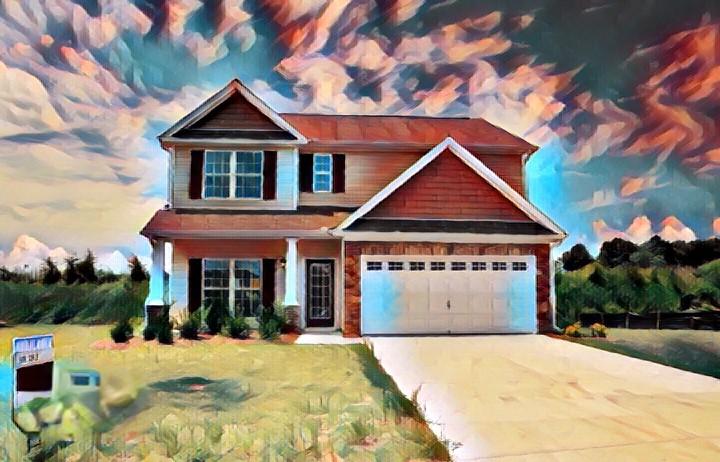
What are the different types of ADUs that can be built?
Depending on the location and the project's specifics, several types of accessory dwelling units can be built. Some common types of ADUs include attached, detached, basement, attic or garage conversion, junior ADU, or SB-9.

What are the benefits of building an ADU?
Some benefits of building an ADU include providing additional living space for family members or guests, generating rental income, increasing the value of the home, and offering flexibility in how to use the property.

What are the requirements for building an ADU?
The requirements for building an ADU vary depending on the location and municipal regulations. You must adhere to local zoning laws, building codes, and any regulations specific to your project's design, size, and construction method.

What should I know before building an ADU on my property?
Before building an ADU on your property, consider local zoning laws and building codes, construction costs, requirements for maintaining safety standards, landlord and insurance responsibilities if you plan to rent it out.

What is the process of building ADU, and what steps are involved?
The process of building an ADU varies depending on the location and the project's specific requirements. It's essential to consult with the local planning department to determine the prerequisites for building an ADU in your area.
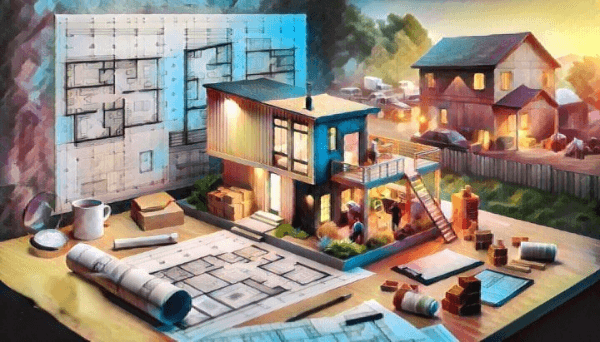
How long does obtaining all permits to build an ADU in California take?
The amount of time it takes to get all of the necessary permits can vary depending on the project's specifics and the workload of the local building department, ranging from a few weeks to several months.

How long does it take to get my ADU plans approved by the Building and Safety Department in California?
The time it takes to get your accessory dwelling unit plans approved by the building and safety department can vary depending on various factors, including the complexity of your project, the workload of the building department, and the completeness of your application.

How much does it cost to build an ADU?
It isn't easy to give a general estimate of the cost of building an ADU since it varies significantly depending on the size and complexity of the project, the materials used, the location, and the local building codes and regulations. We estimate the average price of ADU construction in California to be between $200,000 to $300,000.

Can I convert an existing structure into an ADU?
In many cases, converting an existing structure, such as a garage, a basement, or an attic, into an ADU is possible. However, you must ensure that it meets all applicable building codes and zoning regulations and that you have the necessary permits and approvals to proceed with the conversion.
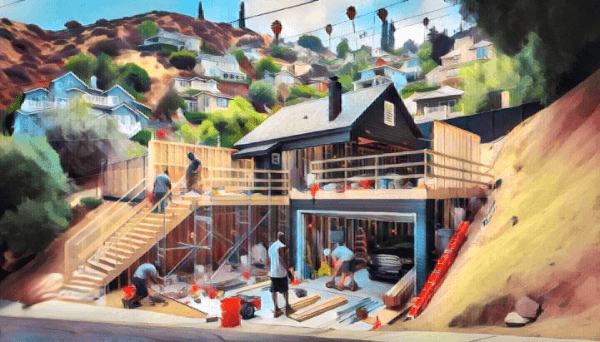
Can I legalize an as-built structure into a permitted ADU?
It may be possible to legalize an existing structure (like a guesthouse, a garage, or a basement) into an ADU. Depending on the location and current situation, the process can be quick and straightforward, or complex, lengthy, and expensive.

Can I rent out an ADU and how much can I earn?
In most cases, you can rent out an ADU to tenants. The amount of income you earn will vary depending on the location, the size and condition of the unit, the local real estate market, and the rental agreement terms.

Is there rent control for ADU units in California?
In California, rent control laws vary by city or jurisdiction. Some cities in California, such as Los Angeles and San Francisco, have rent control laws that apply to accessory dwelling units and other rental properties. Other cities like San Diego and Sacramento do not have rent control laws.

Can I rent my ADU on AirBnB and similar travel agencies?
Whether or not you can rent your accessory dwelling unit or junior ADU on Airbnb or other short-term rental platforms can depend on several factors, including the location of your property, local zoning laws, and homeowner association (HOA) rules.
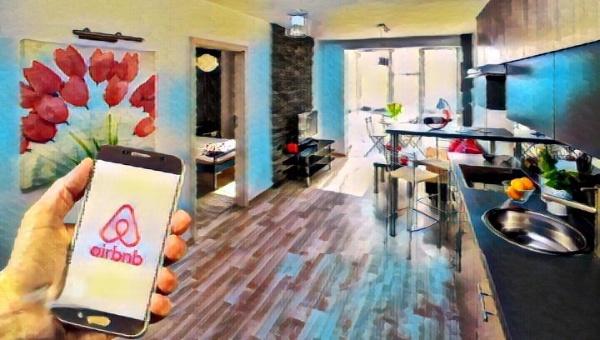
Who can occupy an ADU? Is the owner required to reside on the same property as the ADU?
Homeowners do not have to live on the same property since ADUs are intended as additional living space for family members, guests, or renters. The recently passed Assembly Bill 976 takes effect on January 1, 2024 and allows homeowners to rent out ADUs, regardless of owners' residency on the property

Homeowner's checklist before starting on an ADU construction project
Starting an accessory dwelling unit ADU project can be complex and time-consuming, and it's essential to be well-prepared before embarking on this journey. Our checklist is a helpful tool to ensure you have considered all factors and taken the necessary steps before beginning construction.

What's the difference between ADU and JADU?
An accessory dwelling unit (ADU) and a junior accessory dwelling unit (JADU) are both secondary dwelling units attached or detached from the main house. However, there are some critical differences between them, the most notable being that JADUs are smaller and have fewer amenities than regular ADUs.
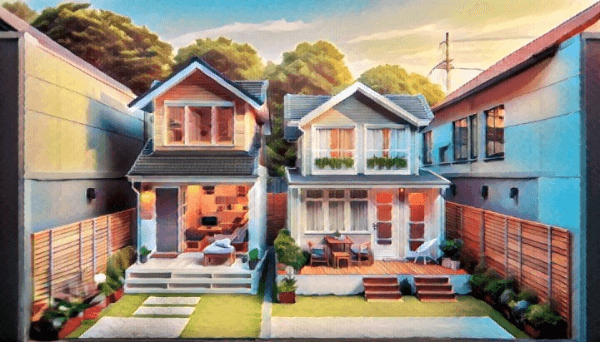
What's the difference between ADU and SB-9?
ADUs are a common form of secondary housing authorized in many cities and towns for decades. SB-9 is a relatively recent law allowing property owners to split their lots to build additional housing units. Both are intended to increase the supply of affordable housing in California.
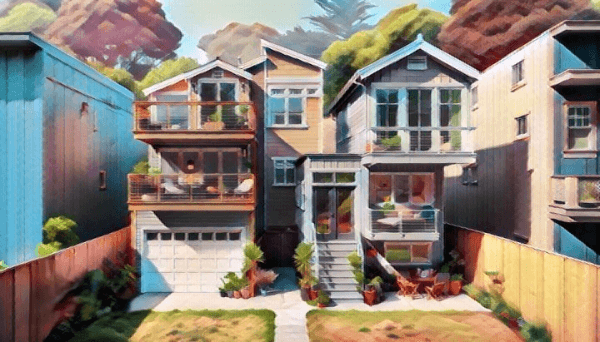
What's the difference between SB-9 and JADU?
Both JADUs and SB-9 allow adding housing units on existing lots. JADUs are helpful for homeowners who want to provide housing for family members or generate rental income while minimizing the cost and complexity associated with constructing a new unit. SB-9 permits splitting residential lots and building additional housing units on them.
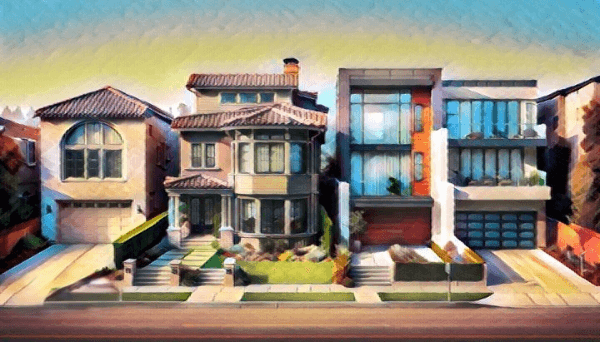
Which roofing materials can be used with an ADU, and what are their costs?
The five types of roofing materials best suited for Southern California's climate are asphalt shingles, metal roofing, clay tile or concrete tile, and slate roofing. These materials differ in many ways, such as protection, cost, lifespan, and style.

Slab vs raised foundation: which one to use for an ADU?
Raised foundations and slab foundations have advantages and disadvantages. Learn which type of foundation is best for your ADU project.
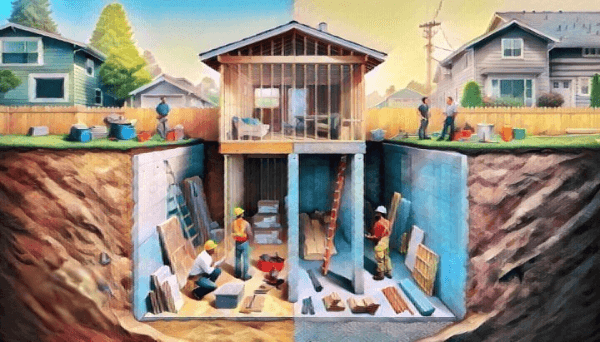
What is zoning?
Municipality zoning, also known as zoning or land use zoning, is a system of land use regulations that divides a municipality into different zoning districts and specifies the types of land use activities allowed within each district. It is a tool local governments use to regulate land use and development within their jurisdiction.

Which zoning requirements apply to ADUs in California?
In California, accessory dwelling units (ADUs) are subject to local zoning laws, which regulate the use and development of land, including the construction of ADUs. These laws can specify the size, location, design, parking requirements, and other standards.

Which health and safety requirements apply to ADUs in California?
Accessory dwelling units must comply with all applicable health and safety requirements in California. This includes the California Building Code (CBC), which sets minimum standards for constructing, altering, and maintaining buildings and structures, and the California Residential Code (CRC), which sets minimum standards for the design and construction of single-family and multi-family dwellings.

What is Floor Area Ratio (FAR)?
Floor Area Ratio (FAR) is a zoning regulation that limits the amount of floor space built on a given piece of land. FAR determines the maximum floor area that can be developed on a property relative to its lot size. It is typically expressed as a ratio of the total floor area of all buildings on a lot to the entire area of the lot.
Is it possible to sell an ADU in CA? What is the California AB 1033?
The California Assembly Bill 1033 is a new law allowing ADUs to be built and sold separately from the primary residence, following the same rules as condominiums. The law was passed on October 11, 2023, and takes effect on January 1, 2024.
What is the California AB 976?
The California Assembly Bill 976 is a new law that removes owner-occupancy requirements that bans ADU construction unless an owner lives in either the main house or the accessory unit. The bill permanently allows homeowners to rent out ADUs, regardless of owners' residency on the property.